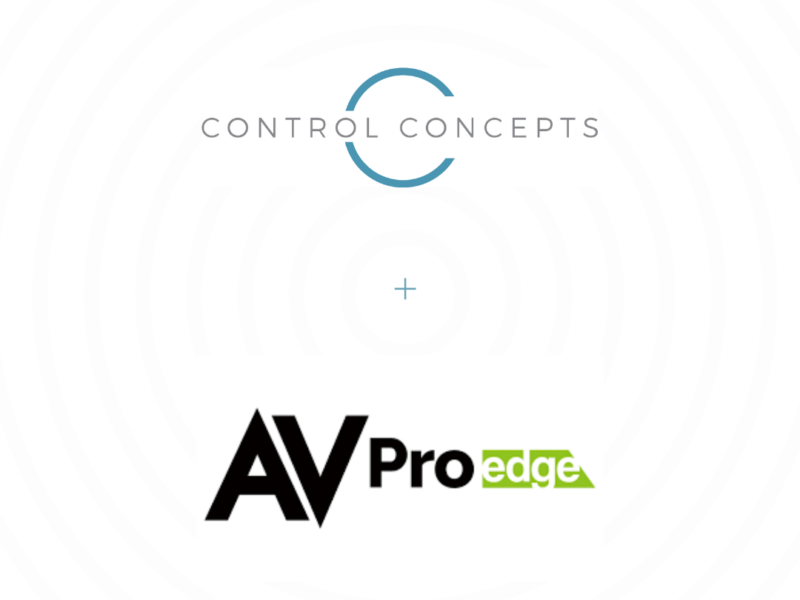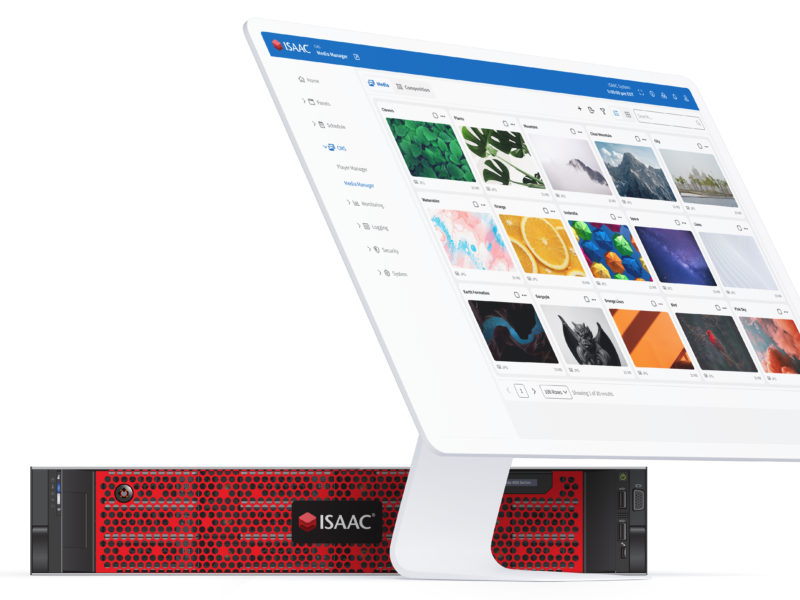Guest Post from John Pavlik: Intuitive Touch Screen Designs Still Reign in Commercial Settings
Intuitive Vs. Learnable

I will be the first to admit, I love using the iPad. It’s a great product. It’s inexpensive and familiar to people. The iPad and iPhone graphics are nice, sleek and feature a clean design. These devices have brought smart homes and buildings to the forefront since facility and IT managers can now control many aspects of the building from the mobile devices.
The iPad has also introduced new design functions that five years ago would not be understood by most consumers, including gestures and scrolling lists.
Many customers are intrigued by the iPad/iPhone features for their AV system interface. Many people say “my 5 year old can pick it up and just use it,” so they are fascinated by its abilities. While there is initial excitement and demand, for a commercial environment, the iPad interface lacks a known point of reference. Basically, once you move out of the Crestron experience on the iPad, you are among a sea of apps.
There are many reasons why the iPad/iPhone doesn’t lend itself to the corporate AV environment. One, it isn’t locked down. It can walk away. Secondly, when someone walks into a corporate boardroom, they see an iPad and think “oh that’s someone’s personal tablet or smart phone for the meeting.” They don’t necessarily know to pick it up and use it to control the meeting space.
Steve Greenblatt and I have talked about how users see the iPhone interface as a business tool and how and why they are comfortable interacting with it; I completely agree with Steve that users see the iPhone interface as a good business tool and comfortable only to those that understand it and have taken the time to learn it. There is a difference between intuitive and learnable. If someone is using the equipment frequently, they can certainly learn how to use the iPad. But for the bustling corporate office where visitors and guest speakers are coming in for the first time, a dedicated touch screen with a great touch screen user interface is much more intuitive, allowing the visitor to walk up and use it/hook up their laptop without any prior knowledge or experience with the screen.
While most people thought the introduction of the iPad and iPhone would kill touch screen business, it has actually increased touch screen sales since most users control and manage facilities with the mobile devices as a secondary control and management source.
The introduction of the iPhone and iPad has changed the way we do projects. We recently introduced Core 3UI, an Advanced Touch Screen GUI Framework. Core 3UI provides new objects and layout, making it easier for people to make great looking projects. Gestures and scrolling lists that have become popular because of Apple products are now part of our GUI design framework.
Beyond the design of a touch screen, what’s important to note is the importance of connecting all touch screens together to provide a cohesive solution to our customers. With Fusion RV™ Remote Asset Management Software, all touch screens are tied back to the main server for room scheduling, wayfinding, and emergency alerts. This is really where the future is going – using touch screens to incorporate into the larger building ecosystem.
Visit the Crestron Booth at InfoComm 2012 (Booth #C7508 and the GUI Gallery) and check in for Crestron classes and training sessions.
- Post Tags:
- commercial av
- Crestron
- ipad
- iphone
- Posted In:
- Control System Programming
- User Interface Design
John Pavlik, Crestron Director of Architecture and Design
All stories by: John Pavlik, Crestron Director of Architecture and DesignYou might also like
-
-
Canon Ensures Compatibility and Seamless Integration Through Module Development with Control Concepts http://controlconcepts.net/wp-content/uploads/2022/06/Canon_logo_vector-1024x726.png 1024 726 Control Concepts Control Concepts http://2.gravatar.com/avatar/ee28a6949ea6af745b0ddec55b8b9ce1?s=96&d=mm&r=g

-




